Autofocus SLR bodies such as the Canon EOS-1 are potentially, arguably, maybe overlooked. When one thinks about a 35mm SLR, it is often something along the lines of the Pentax K1000 or the Nikon F3. Granted, I am also guilty of this, as manual focus SLRs are great, and also again, arguably one of the best ways to get into film photography in general, as they offer a hands-on approach to image making. Whilst these are great, there are other options when manual everything becomes tiresome and tedious… if that can ever happen.
History
The 1980’s saw a seismic change in the way 35mm SLRs were designed and used. Cameras became more electronic, implementing automatic modes controlled by electronics, instead of an analogue selenium cell. With this, autofocus became a key feature for these cameras, with the Minolta 7000 becoming the first to offer autofocus with an automatic film winder, built in! Autofocus become the buzz word for photography, very very quickly, with the big manufacturers following soon after with their respected models. Nikon released the F-501 in 1986, with Canon releasing an autofocus model in 1985 with the T80…which was discontinued only a year later. Yet, that year later, Canon unveiled a new lens mount which would render FD lenses useless for a new generation: EOS had landed.
Canon’s EOS system relied on in-lens autofocus, as well as the aperture to be controlled on the body with a command dial instead of on the lens. No longer did the photographer have to use their fingers to focus and change the aperture – everything could be controlled with a single hand, with ease.
Regarding the FD mount, the F-1 marked the professional line of camera for that system, which challenged the Nikon’s F3 at the time. Since the FD mount was made redundant to the EOS system, a new professional body was needed to fill a gap in the market. By 1988, Nikon had already released an autofocus professional body: the F4. This became the staple for professional shooters, thanks to its interchangeable prisms, battery grip and lightning burst rate. Canon had to somehow, challenge this offering. 1989 comes around, and the Canon EOS-1 is unveiled, utilising the EOS mount and a range of new ‘L’ series lenses.
The Body & The Build
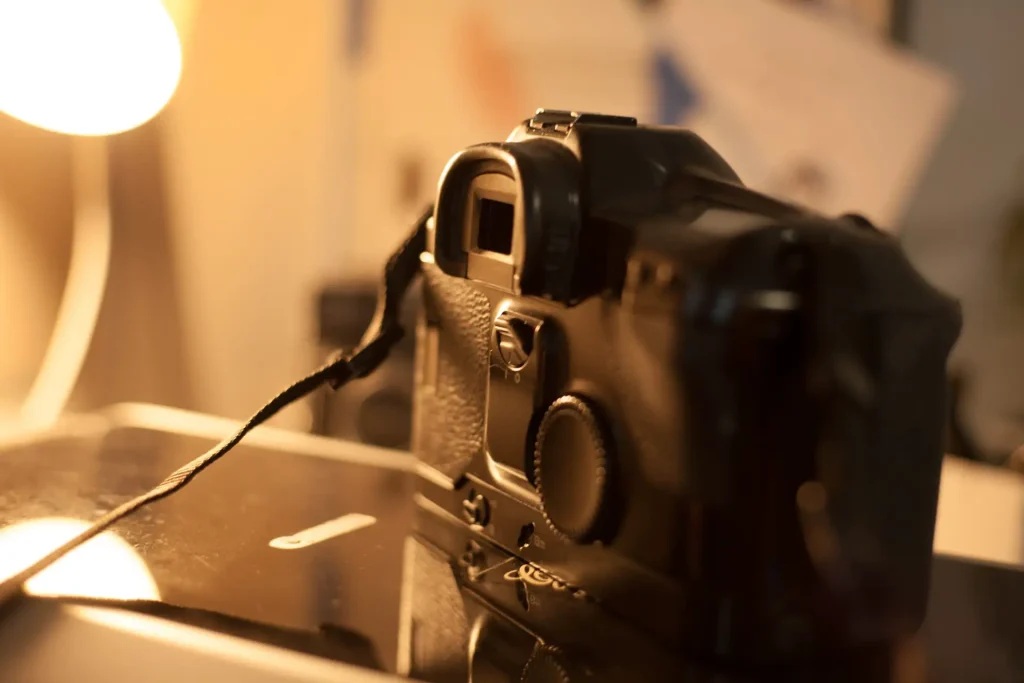
On face value, the EOS-1 resembles the earlier Canon T90, with a similar body design and button layout. Speaking of which, any modern Canon user will instantly be at home with the button layout, as it hasn’t changed massively within those 30 years. The aperture is controlled with the rear command dial (which also has its own power switch to its left) and the shutter speed is controlled with the command dial behind the shutter button. This is rather intuitive, as everything can be controlled using a single hand… for the basic functions. Something that is different to the other forms of AF SLR camera, is that there is no mode dial, as all of the functions such as shooting modes are controlled with pressing a number of various buttons on the top left of the camera, and then moving the dial behind the shutter button. Whilst this can sometimes be annoying, this also means that it is extremely difficult to accidentally change ones shooting mode or somehow change to shooting multiple exposures.
The Canon EOS-1 is capable of shooting at a maximum of 1/8000s, which allows the user to have a larger aperture and to shoot faster films in brighter conditions… and to freeze the subject if you’re shooting very fast moving sports. The burst rate is rather lacklustre, with 2.5fps without the additional booster, which would allow 5.5fps. The booster is powered with an horrific EIGHT AA batteries. Without the booster, it has powered with a single 2CR5 which seems to last a life time. The Canon EOS-1 also features 14 custom functions, including mirror lock-up, leaving the leader out when rewinding and changing the stop increments from 1 stop to 1/3 stops.
One thing to bear in mind (in my experience) is that the shutter button doesn’t fully feel like it is in two stages. The shutter button feels a lot more sensitive than other Canon cameras, and has no definite focus and shutter stages. Whilst this feels odd at first, it becomes easy to use after a roll or two. This is also no issue when the user is wearing gloves whilst operating the camera.
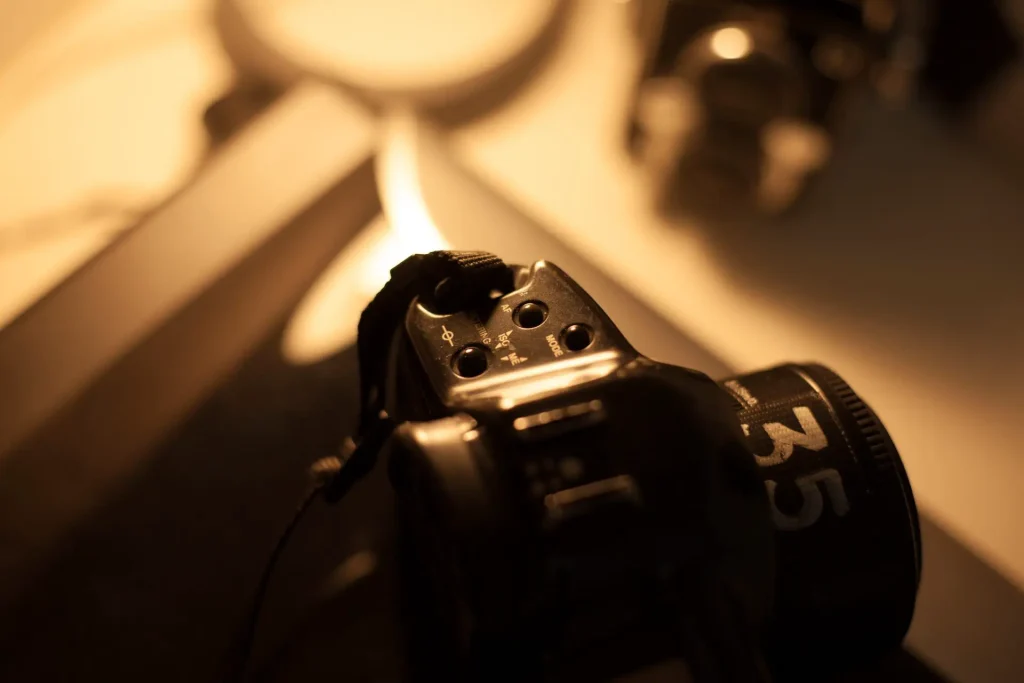
The main buttons on top, whilst confusing at first are again, intuitive to use once you have got the hang on their function. This leaves the body fairly minimalist and mainly focused on the shooting experience, rather than the visual aesthetic of the camera. It is pieces like this that make one realise that this is a camera to be used, and used well. The body features a rudimentary form of weather sealing around the buttons, and a surprising body construction. When I first got my hands on the Canon EOS-1, I had it in my head that it was fully made of magnesium, like the vast majority of the Canon professional bodies – psych!
The body is made of polycarbonate, based around a aluminium frame. This was initial shock, but this then turned into a thankful shock as it is surprisingly light and portable to use for such a professionally built tank. I have used this camera in the rain, and it handles great (apart from the crack in the plastic on my version thanks to this Canon EOS-1’s previous life living in Plymouth College of Art’s Resource Centre), as well as the cold – but be warned, it went a few just below zero and the display in the viewfinder did disappear until it warmed up. Speaking of which…
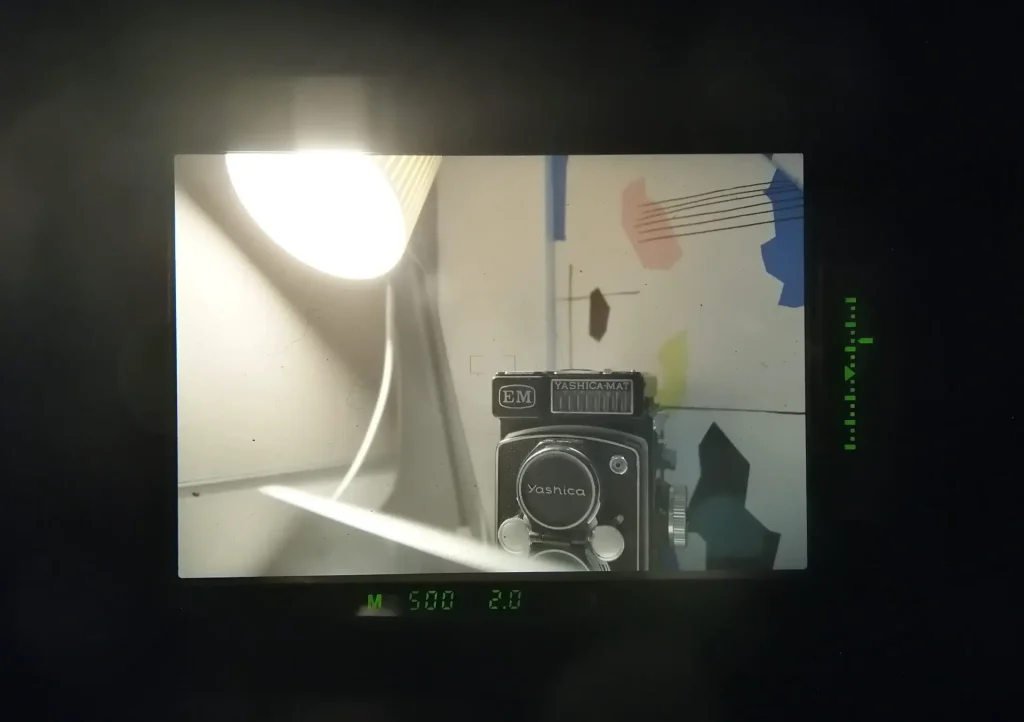
The viewfinder is simply amazing! Quite possibly the best viewfinder I have used on a 35mm camera, no question. It is bright, clear and ultra sharp, whilst also giving 100% accuracy. The Canon EOS-1 features a massive range of focus points, of just the one placed in the centre. For users (like me) who focus and recompose, this is a breeze and doesn’t change anything for the shooting experience. The display is bright and easy to read, even in sunlit conditions, with what is in focus being sharp and almost holographic. I almost wish I could have two of these permanently stuck to me eyes, as it always seems better than my actual eyesight… And, if you are someone with poor eyesight, a dioptre control is thankfully placed to the left of the eyecup.
Some Camera Porn Images
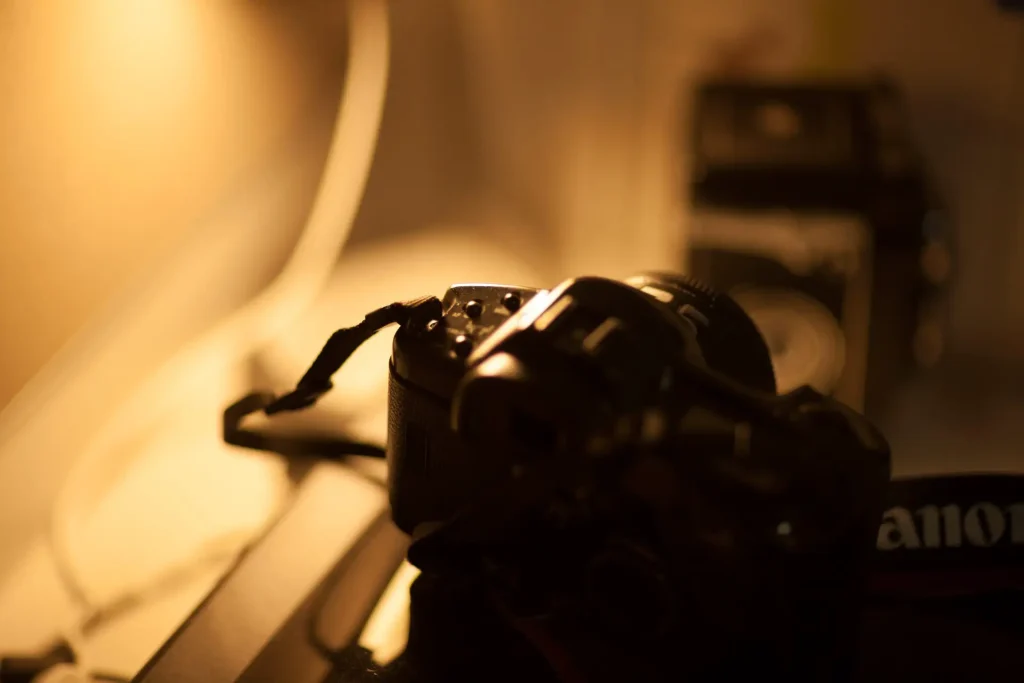
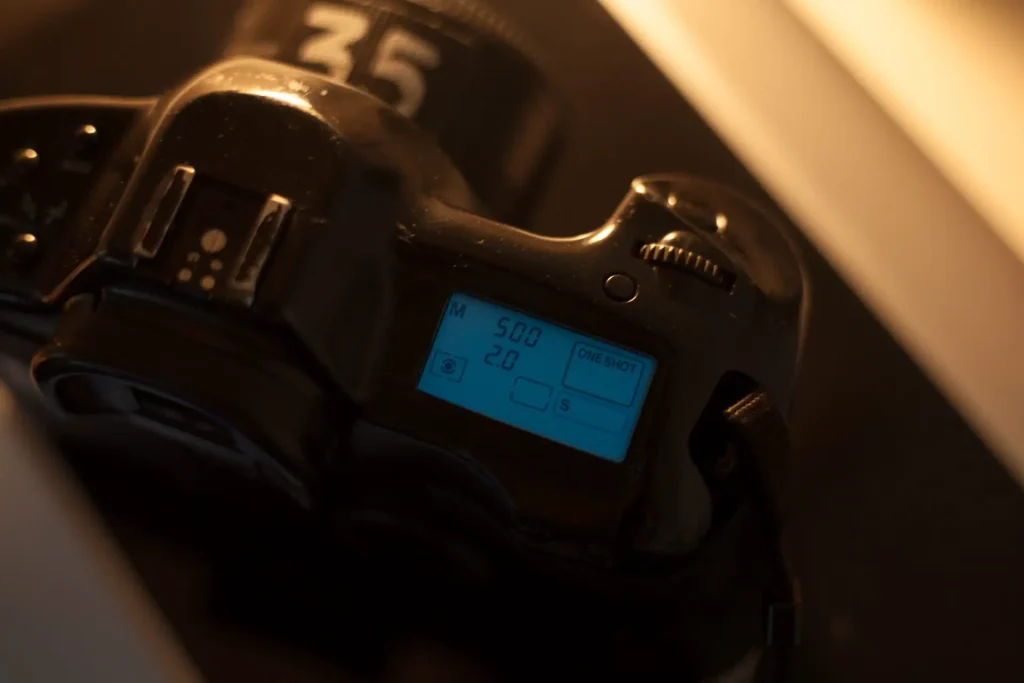
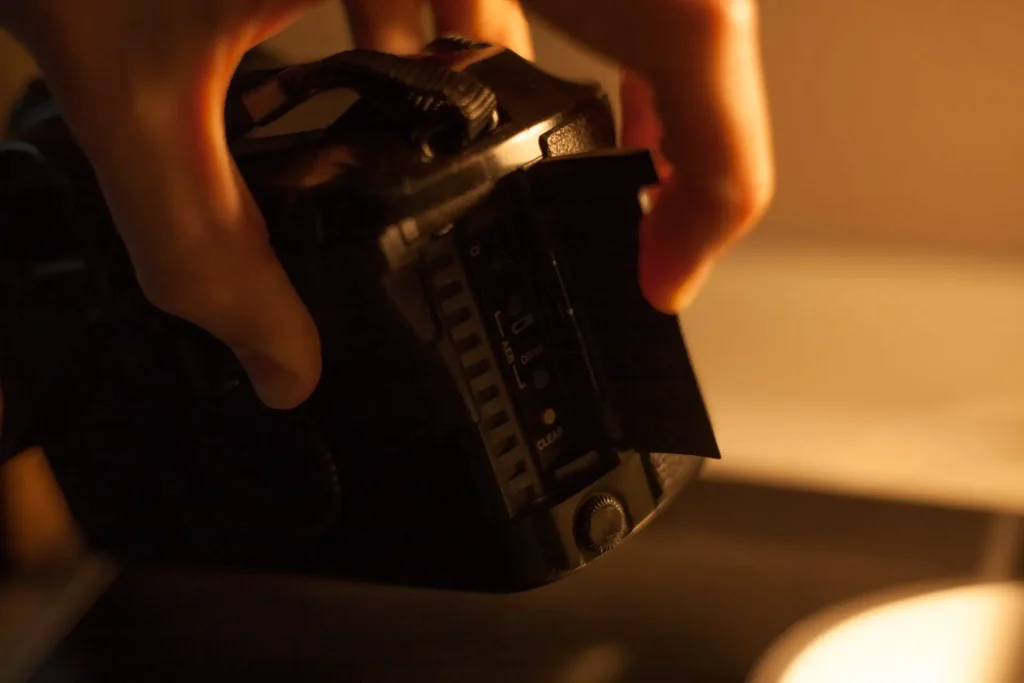
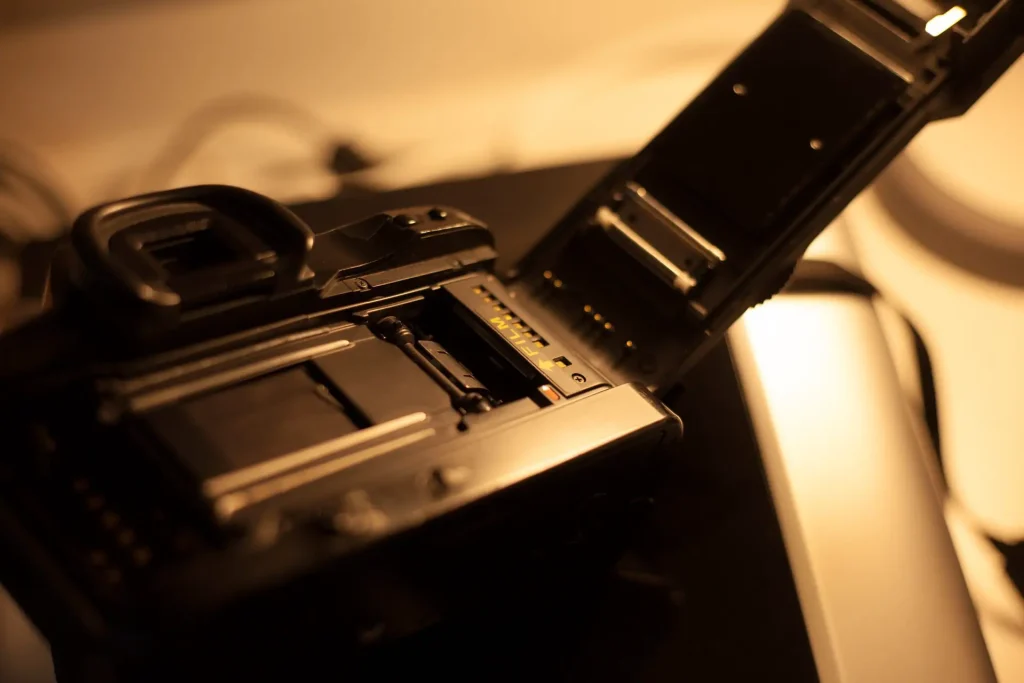
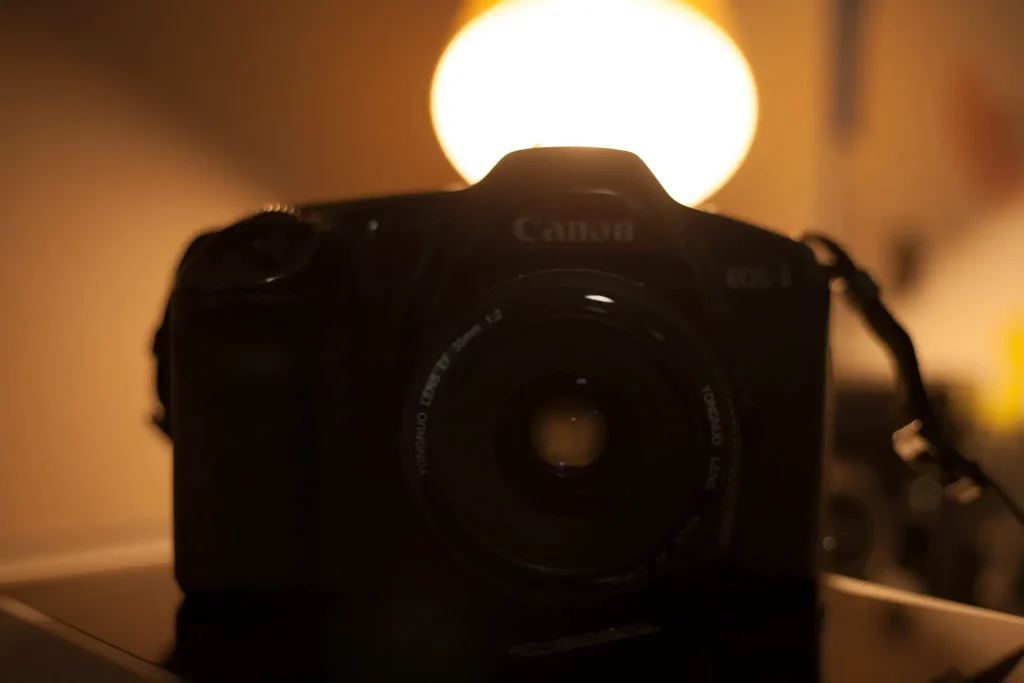
Lens Compatibility
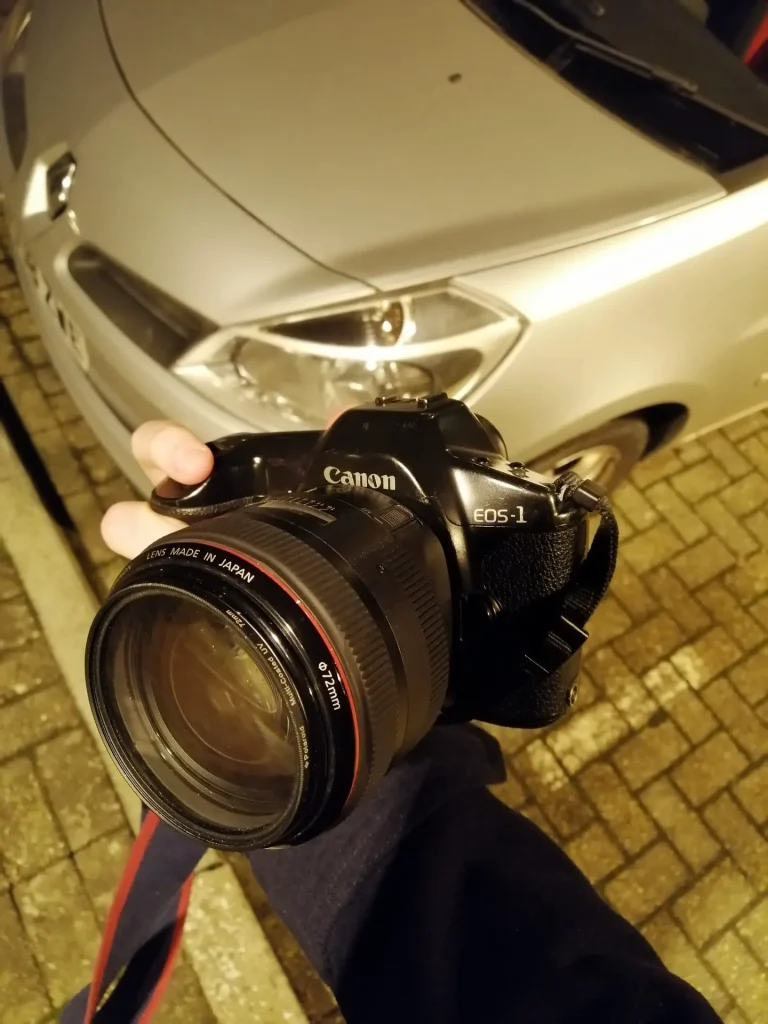
This shouldn’t really be a section, as its an EOS camera with a plethora of lens options, including every single Canon EF lens and the third party flavours from the film era. Despite this, there are some third party options today made by Yongnuo, who are notorious for making low cost speedlites, which have garnered good reviews and use. They have ‘recently’ gone into the lens business, to create low cost copies of existing Canon and Nikon lenses. I own the 35mm F2 variant, and have had a very different of opinion regarding its use, as on the 5D the autofocus is sluggish and often misses focus.
I have tried this lens before on other film EOS bodies, and found it throwing up the catch-all “BC” error. Yet, it works totally fine with the Canon EOS-1, with the autofocus being snappy and looking amazing through the viewfinder. I am unsure on the 50mm, 85 and 100mm Yongnuo lenses would work too, but I assume so.
Regardless, as does have the famed EF mount, one has access to all EOS lenses, including ‘L’ series lenses. I have used the almighty 85mm F1.2 L ii, which causes a comical front heavy setup for bokeh goodness.
Example Images
Of course, the body doesn’t change how the images look, but it is good to see how modern glass handles an analogue format.
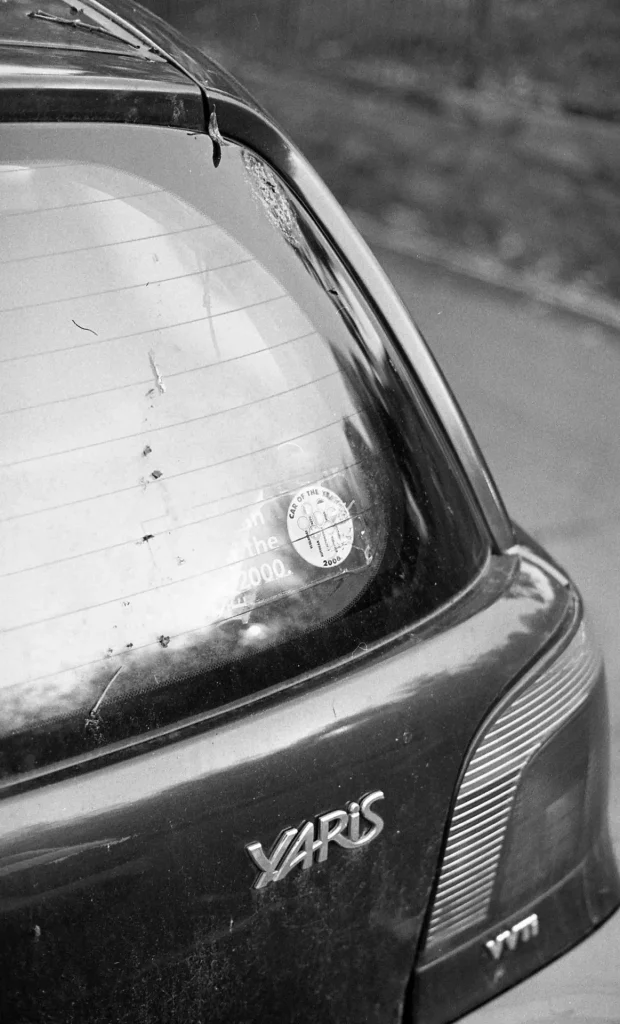
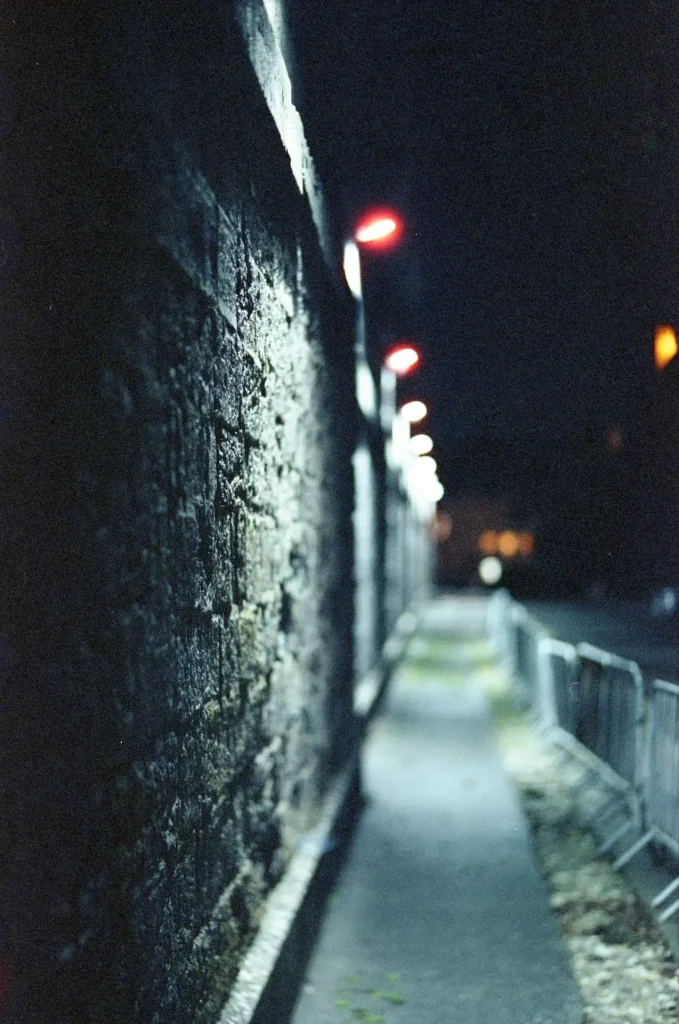
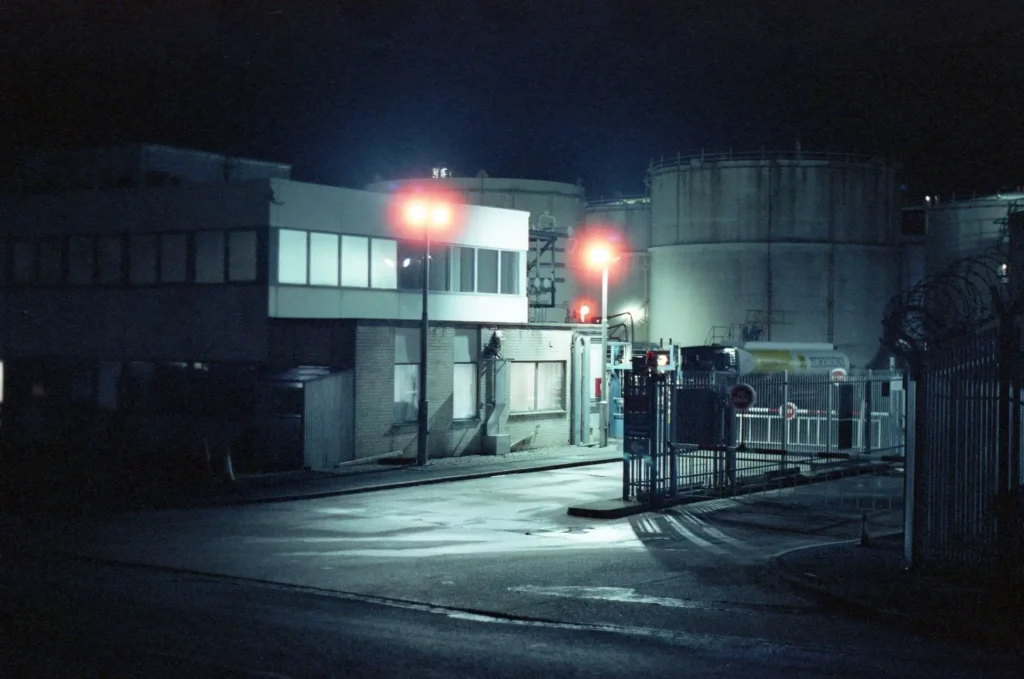
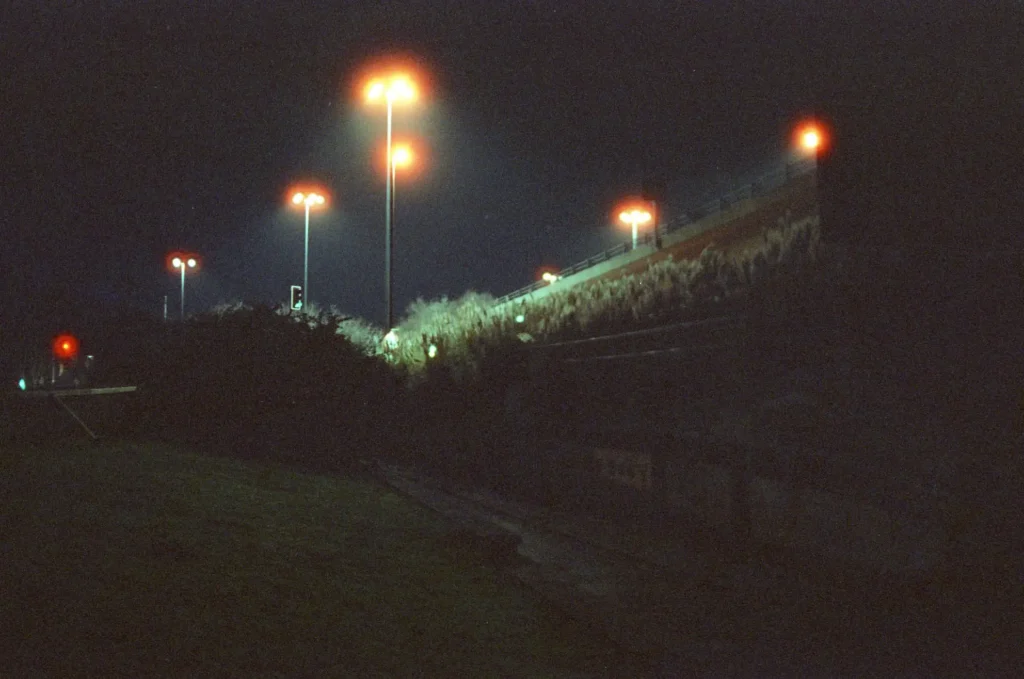
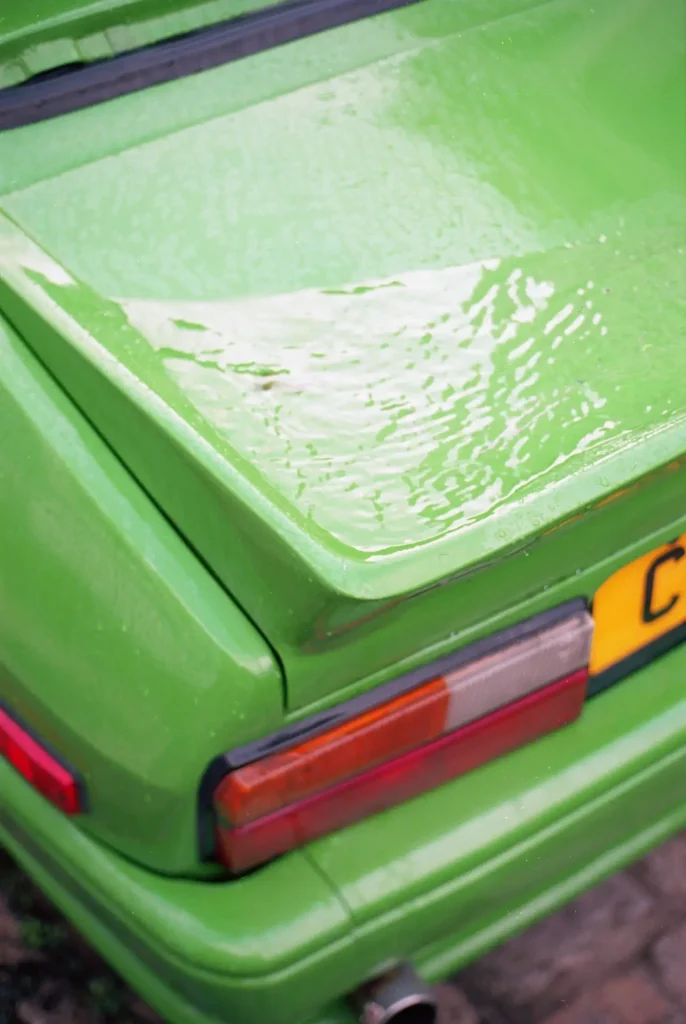
Reliability
The Canon EOS-1 is well built; as a professional camera should be. As previously mentioned, it features a basic level of weather sealing which certainly brings some peace of mind when it comes to it being used in rain. From personal experience, it works fine in mist, rain and fog, with only an issue arising when the temperature severely dropped. This might be due to the age of the camera, as it has surpassed the 30 year mark.
Age certainly has something to do with the reliability of the camera, as it is fully electronic. The most common issue with the Canon EOS-1 is the “BC” error, and the shutter not firing. The main cause of this is the magnets used for the mirror return get stuck when the camera has been sat for a long time. Thankfully, this is easily fixed with some time and patience. The front covering needs to be removed, and the mount tapped whilst being fired to loosen the magnets. My version had this issue, but all I had to do was give the camera some “percussive maintenance” whilst it was all intact. Once the Canon EOS-1 has been fired a few times, it will regain consciousness and live again. If it is being used, this issue shouldn’t be arise. Of course, check the light seals around the door and the shutter, as some Canon models can get nasty smears of old light seals all over the curtains.
So…Worth It?
I am a Canon shooter, with the 5D Classic being my main mode of shooting digital – which I reviewed back in 2018. I have always wanted a film companion for the 5D ever since I bought it, and the Canon EOS-1 has always been a camera that I have been hunting for. I have owned the EOS-650 and the EOS-100 Elan, and found myself to be fairly unsatisfied with both. From my previous writings, it’s possibly no secret that I have a serious G.A.S problem. Yet, the Canon EOS-1 has hindered that feeling to keep buying – which is quite a good thing as I’m an impoverished student. It manages to tick all of the boxes for me to be a full time 35mm shooter, as it manages to be dependable, reliable, contemporary and simple.
Is the Canon EOS-1 worth it for someone else? Well, of course, that all depends on the wants and needs of the user. There are a plethora of film cameras out there to suit all needs, with manual, meterless cameras to fully automated, idiot proof cameras. The Canon EOS-1 is a good mixture of all of those – it can be used fully manual with the built in meter (which is nicely accurate might I add), or be shot using any of the aperture, shutter speed or program shooting modes. In additions to these, modern lenses can be accompanied to it, to make it into a competent and modern film shooter. The main user base of this camera is likely current Canon users, and people interested in trying something new (old). It isn’t a far cry from any of the modern DLSRs, which doesn’t make it all to difficult to go from digital to analogue.
The Canon EOS-1 can be found at a reasonable price, at around the £100 for a decent copy. You can spend a little bit extra on the EOS-1N which does feature five focus points and more weather sealing. Nevertheless, the Canon EOS-1 is a true workhorse, and was designed to be used and abused by professionals and expert hobbyists. And this shows with the build quality and the overall design. This is a truly dependable camera, which gave birth to the ongoing Canon EOS-1 line which still survives today with the EOS-1Dx MKiii which was recently released in time for the forthcoming Olympics. With this, it has become a piece of Canon’s history, and gave a lot of their line-up the features that we all know, and love today. Ultimately, it’s my view that if you can find a well kept Canon EOS-1 for a good price, it is well worth the purchase and should keep going for many years to come.
Share this post:









Comments
David Allen on Canon EOS-1 Review – The Professional 1 – by Ray Goodwin
Comment posted: 27/03/2020
Peter Wright on Canon EOS-1 Review – The Professional 1 – by Ray Goodwin
Comment posted: 27/03/2020
Charles Morgan on Canon EOS-1 Review – The Professional 1 – by Ray Goodwin
Comment posted: 27/03/2020
Dave Mockford on Canon EOS-1 Review – The Professional 1 – by Ray Goodwin
Comment posted: 27/03/2020
Comment posted: 27/03/2020
Andrew Craig on Canon EOS-1 Review – The Professional 1 – by Ray Goodwin
Comment posted: 27/03/2020
It had occurred to be that a good AF film body is the ideal and logical analogue companion to a DSLR, with one set of leanses to be shared between the two. I even promoted this idea in my listing when I recently sold my Nikon F100!
Trouble is, the AF SLR to DSLR era is my least favoured age of camera technology - and a pro-filmSLR FX-DLSR, as still a big bag of kit!
Graham Orbell on Canon EOS-1 Review – The Professional 1 – by Ray Goodwin
Comment posted: 29/03/2020
I’ve owned it since 1999. It’s built to last and will undoubtedly outlast me as well as my current digital EOS 5D4 and EOS 80D. All my EF, EF L, & Sigma Art lenses work just fine.
Mike Hannon on Canon EOS-1 Review – The Professional 1 – by Ray Goodwin
Comment posted: 10/04/2020
But... I miss the sound of the mirror slap on the 1.
EOS bodies are a logical choice for anyone with EF glass who wants autofocus.